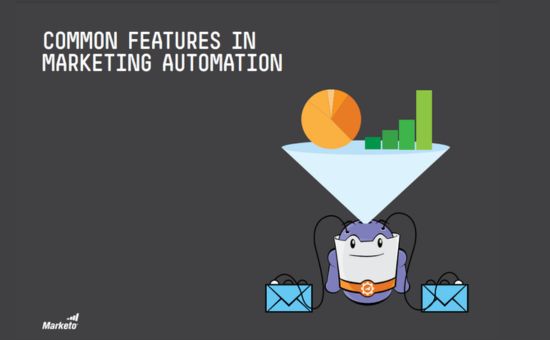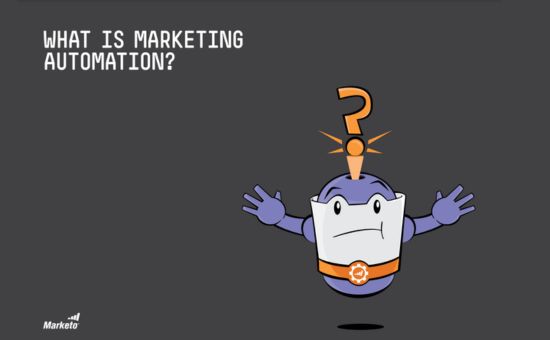Harnessing the Power of Industrial Automation and Robotics: A guide for entrepreneurs | BDC
Marketing Automation
Summary
1. What can robots do for my business?
Robots and automated systems can enhance your productivity and competitiveness while helping you address labor shortages. But how exactly can they assist? This section outlines the advantages of automation and presents various current use cases.
2. Getting started with automation
Your first automation project is crucial. It will not only offer valuable learning experiences but also lay the groundwork for future achievements—if executed correctly. This section will guide you in choosing an appropriate initial project, selecting the right technology for your requirements, and steering clear of common mistakes.
3. Execute with maximum impact
Preparation is key, but successful execution is what truly matters. To ensure your project succeeds, you’ll need to train your team and possibly recruit additional talent to acquire the necessary skills for your transformation. This process can be challenging, so having a change management strategy is essential. Lastly, don’t overlook the importance of evaluating your results; we’ll guide you through that process.
1. What can robots do for my business?
Two types of automation
Automation is a powerful solution for scaling your operations without the need for additional labor. However, it’s essential to distinguish between two interconnected types of automation:
- Process automation
- Industrial automation
This eBook will focus specifically on industrial automation. Any further references to automation or robotics will pertain to this particular type.
Process automation
This type focuses on automating information flows in business processes and activities that extend beyond the production floor. It is software-oriented.
Examples include:
- Automated expense management
- Accounting software
- Customer relationship management (CRM) systems
- Robotic process automation (RPA)
- Chatbots
Industrial automation
This type emphasizes automating physical processes and activities on the factory floor, in warehouses, or at construction sites using physical equipment. It is hardware-oriented.
Examples include:
- Automated welding or assembly robots
- Automated cutting machines
- Digital quality control devices
- Picking, packing, and palletizing systems
- Summary
- 1. What can robots do for my business?
- Two types of automation
- What problems can robots help me solve?
- Top use cases for robotics and automation
- Common robotics and automation use cases
- The benefits of integrating robotics
- 2. Getting started with automation
- What to do before you invest in automation
- Finding a good first project
- 5 tips to get your first automation project off the ground
- How to evaluate automation solutions
- The top 3 automation mistakes to avoid
- 3. Execute with maximum impact
- Training and hiring for skills
- The critical role of change management
- How to evaluate your results
- 7 steps to evaluate your project’s results
Number of Pages:
- 17 pages
Pricing:
- Free






